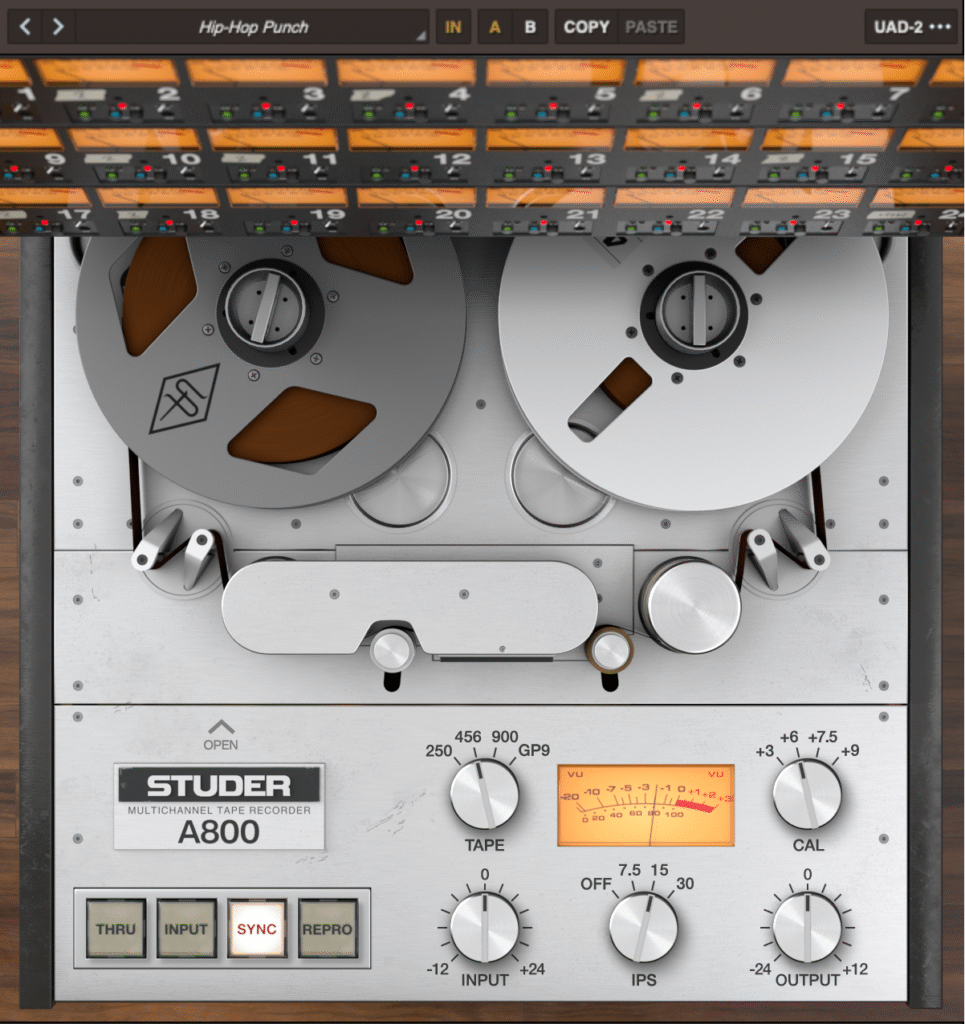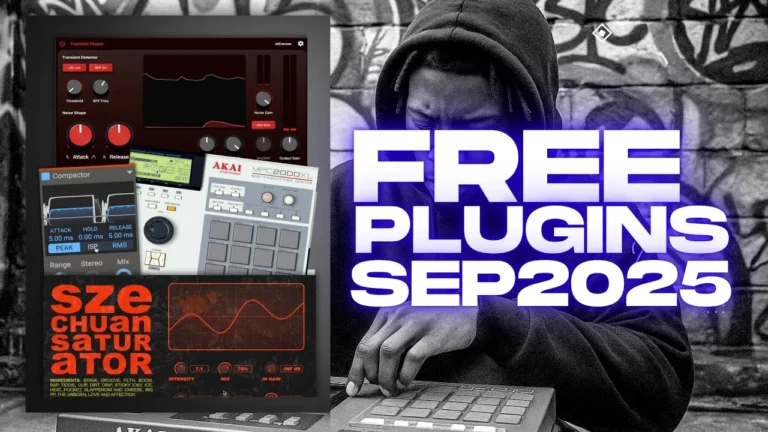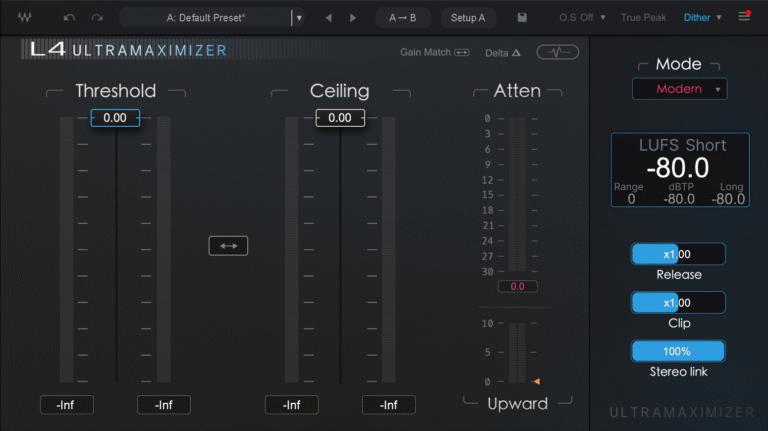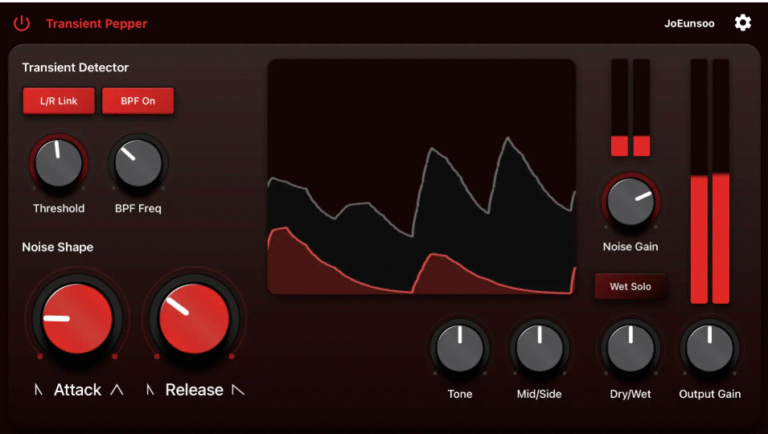Nailing the 90s Hip-Hop Tape Sound with the UAD Studer A800
When people talk about the golden era of 90s hip-hop — think Onyx, Wu-Tang, Mobb Deep — they’re often chasing a specific tone. It’s gritty but warm, a little rolled off on the top, and it feels like every kick and snare is glued together by invisible smoke. A huge part of that sound comes from the tape machines that were everywhere in studios at the time.
In this post, I’m breaking down how I use the UAD Studer A800 plugin to get that exact flavor, focusing on a key but often overlooked control: SYNC mode.
What is SYNC Mode?
On the real Studer A800 tape recorder, SYNC mode isn’t about tempo or MIDI sync. Instead, it switches the monitoring source to the record head instead of the playback head.

Here’s the difference:
- THRU – The signal passes untouched (no tape coloration).
- INPUT – You hear the live input signal, pre-tape.
- SYNC – You hear the tape as it’s being recorded, directly from the record head.
- REPRO – You hear the tape playback from the high-quality playback head.
SYNC mode has a dirtier, mid-forward tone. It’s less hi-fi than REPRO, with slightly less top-end and a touch more noise. In the 90s, this was common when engineers overdubbed vocals or instruments while monitoring tape. That subtle downgrade in fidelity is exactly the kind of “imperfection” that hip-hop producers fell in love with.
Why SYNC Mode Works for 90s Hip-Hop
The magic is in the way SYNC softens transients and rounds off the highs. Paired with slightly hot input levels, it gives you:
- Rolled-off high frequencies (perfect for taming bright samples)
- Tighter midrange punch (great for drums)
- Extra grit from tape noise and saturation
- Instant old-school character without extra EQ
If you’re sampling from vinyl or chopping breaks, SYNC mode immediately takes you back to that pre-digital era.
My Go-To Studer A800 90s Hip-Hop Settings
Here’s the starting point I use to get that Onyx / Soundtrack Studios vibe:
- Mode: SYNC (for that raw, overdub-style playback)
- Tape Formula: GP9 for rich low-end or 456 for extra saturation
- IPS: 15 IPS (balanced warmth and punch — 7.5 IPS if you want even more bass bloom)
- Input: +3 to +6 (push into light tape compression)
- Output: Adjust for gain staging, keeping peaks around -12 dBFS
- Cal: +6 or +7.5 for more tape compression
- Noise: ON — a little hiss makes it more authentic
Pro Tip
If you’re going for a full “golden era” chain:
- Sample into an MPC-style sampler or use an emulation plugin (like TAL-Sampler or SP950) for A/D grit.
- Run it through the Studer A800 in SYNC mode to glue everything together.
- Finish with a light bus compressor or limiter for that finished record feel.
Final Thoughts
The UAD Studer A800 is already one of the most musical tape plugins out there, but when you switch to SYNC mode, it stops being just a “tape” effect and becomes a time machine. For me, it’s the quickest way to get that unmistakable 90s New York boom-bap sound — no cracked tape reels required.
I can also make a matching thumbnail and preset file for your blog readers so they can just load it up and hear the difference instantly. That would make the article more engaging and share-worthy.




